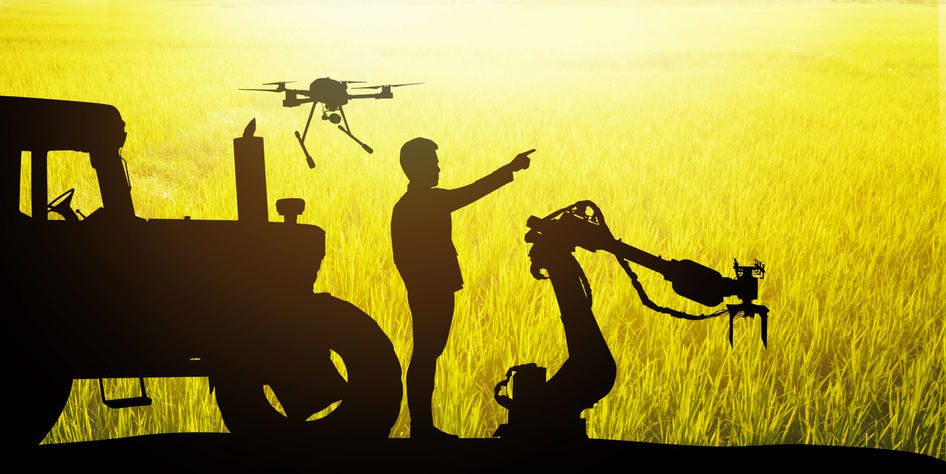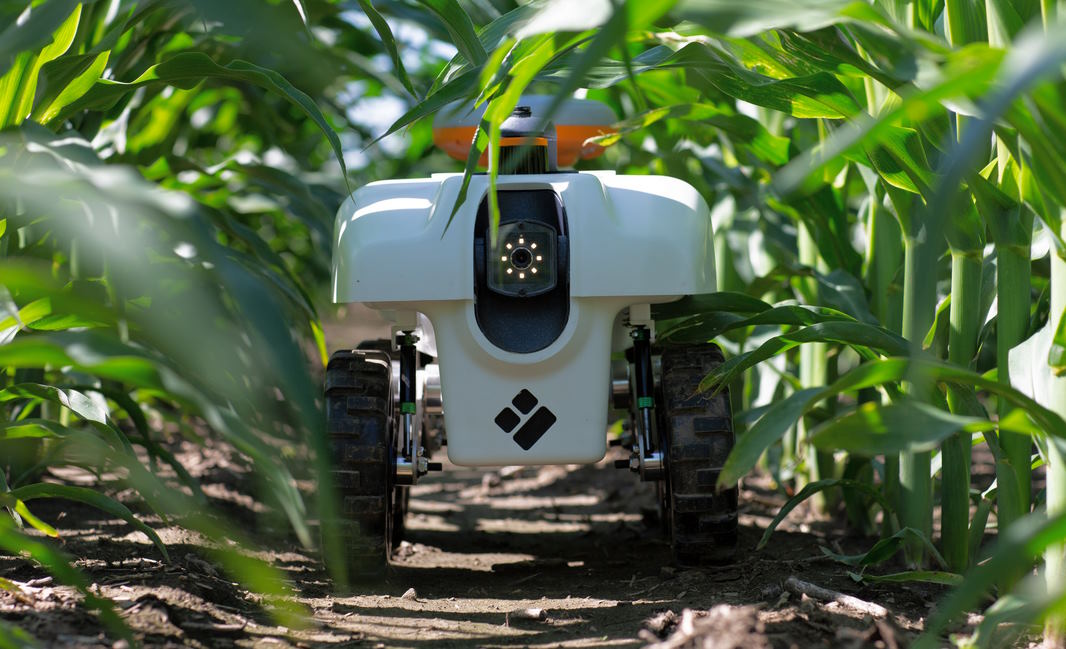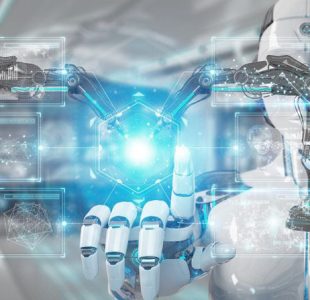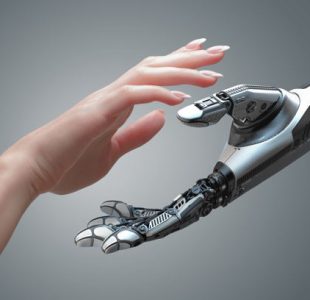The Impact of Robotics on Agriculture: Insights from Engineers and Experts
The integration of robotics in agriculture has revolutionized modern farming practices, transforming the way crops are grown, managed, and harvested. With advancements in technology, robotics has become a promising solution to address the challenges faced by the agricultural industry, such as labor shortages, increasing demand for food, and the need for sustainable farming practices. We will explore the benefits, challenges, and future directions of robotics in agriculture, through interviews with engineers involved in developing agricultural robotics and perspectives from agricultural experts who have adopted these technologies in their operations. From autonomous tractors to drones and robotic harvesters, robotics is reshaping agriculture, and this article aims to shed light on the transformative impact of this cutting-edge technology on the future of farming.
Overview of Robotics in Agriculture
Robotics has revolutionized the agricultural industry, offering innovative solutions to modern farming practices. From drones to autonomous tractors and robotic harvesters, there are various types of robotics that are being utilized in agriculture to streamline operations and improve crop production.

One of the most widely used types of robotics in agriculture is drones. These unmanned aerial vehicles (UAVs) equipped with cameras and sensors can fly over fields and collect data on crop health, soil moisture, and other important parameters. This data can then be analyzed to make informed decisions about irrigation, fertilization, and pest management, resulting in improved crop yields and resource utilization.
Another type of robotics in agriculture is autonomous tractors. These self-driving vehicles can be programmed to perform various tasks, such as plowing, planting, and harvesting, without the need for human intervention. Autonomous tractors offer increased efficiency in farm operations by optimizing routes, reducing labor costs, and enabling precise and timely operations.
Robotic harvesters are also gaining popularity in agriculture. These advanced machines are designed to efficiently harvest crops, such as fruits, vegetables, and grains, with precision and speed. Robotic harvesters can minimize losses due to damage or spoilage, optimize harvest timing, and improve overall harvesting efficiency.
The benefits of using robotics in agriculture are numerous. Increased efficiency is one of the key advantages, as robots can perform tasks with precision, speed, and consistency, leading to improved crop yields and reduced waste. Robotics also has the potential to reduce labor costs by automating repetitive and labor-intensive tasks, which can be particularly beneficial in addressing labor shortages and reducing reliance on manual labor.
Despite the many benefits, there are also challenges and limitations associated with using robotics in agriculture. High initial costs can be a barrier to adoption, as robotics technologies can be expensive to implement and maintain. Additionally, regulatory issues and safety concerns may arise due to the use of autonomous machines in agricultural operations, requiring compliance with local regulations and standards.
Future Directions of Robotics in Agriculture
The field of agricultural robotics is rapidly evolving, with constant advancements in technology and research. Engineers and experts in the agricultural industry are constantly exploring new possibilities and envisioning potential future directions for robotics in agriculture.
One potential future direction is the development of more sophisticated and intelligent robots that can autonomously perform complex tasks in the field. Engineers are working on integrating artificial intelligence (AI) and machine learning algorithms into agricultural robots to enable them to make real-time decisions based on data collected from various sensors. This could lead to robots that can adapt to changing field conditions, optimize operations, and improve overall efficiency.

Another emerging trend is the use of swarm robotics in agriculture. Swarm robotics involves the use of multiple small robots working collaboratively to accomplish tasks. These robots can work together in a coordinated manner, sharing information and resources, to achieve a common goal. Swarm robotics has the potential to revolutionize agriculture by enabling robots to work collectively in tasks such as crop monitoring, pollination, and pest management, resulting in improved efficiency and productivity.
The use of nanotechnology in agriculture is also a promising future direction for robotics. Nanobots, tiny robots at the nanoscale, could be used for tasks such as targeted delivery of fertilizers, pesticides, and other agricultural inputs at the cellular level, resulting in precise and efficient resource utilization.
Challenges and opportunities may arise as robotics continue to advance and be integrated into agricultural practices. One challenge is the need to address safety and ethical concerns associated with the use of AI and robotics in agriculture. Ensuring that robots are designed and programmed to operate safely in the field, and that they comply with relevant regulations and standards, will be crucial.
Another challenge is the need to address the digital divide and ensure access to robotics technologies for all farmers, regardless of their location, size of operation, or financial resources. Bridging the gap between technology advancements and practical implementation in diverse farming contexts will be essential for maximizing the benefits of robotics in agriculture.
Despite the challenges, the potential opportunities of robotics in agriculture are vast. Increased efficiency, reduced labor costs, improved crop yields, and more sustainable farming practices are just some of the benefits that can be achieved through continued advancements in agricultural robotics.







